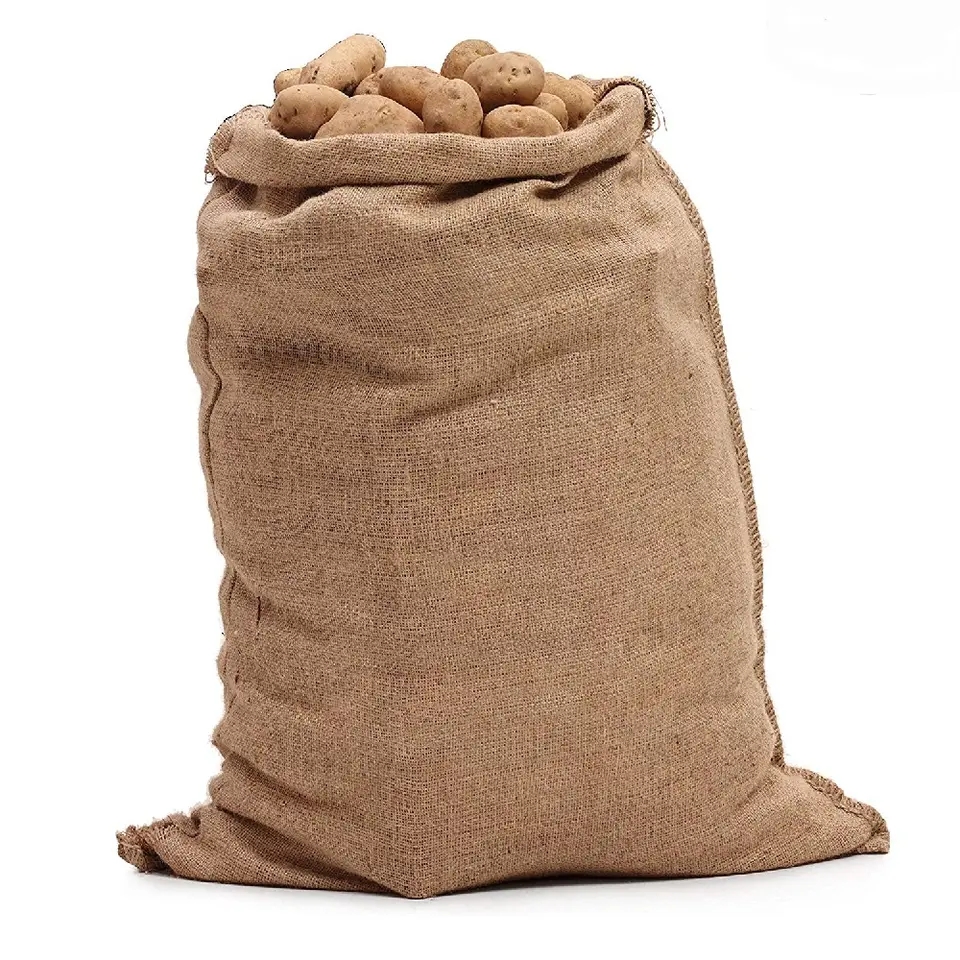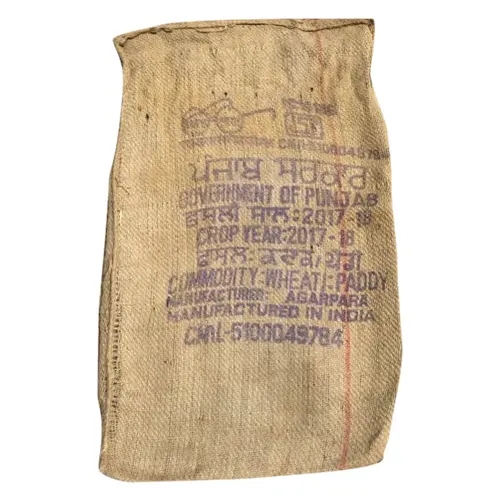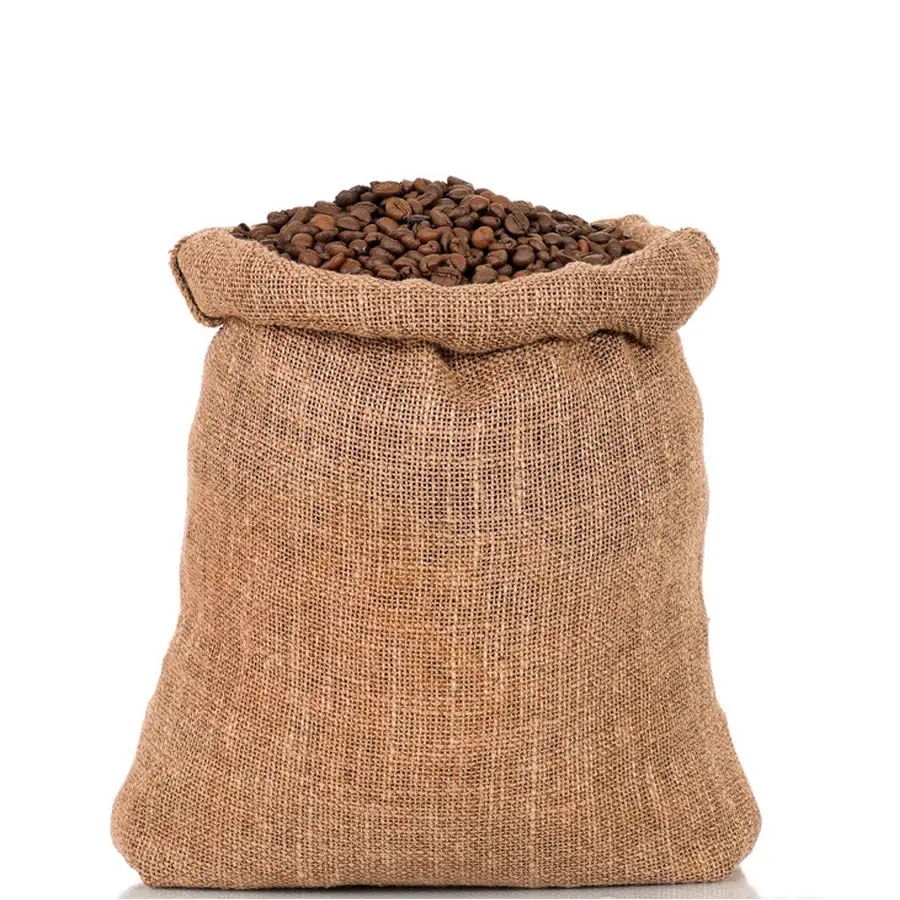Introduction
In the face of escalating environmental concerns, the packaging industry is undergoing a transformative shift towards more sustainable alternatives. Enter jute sacks – an embodiment of natural strength and eco-consciousness. This article delves into the remarkable attributes, diverse applications, and the pivotal role jute sacks play in charting the course towards a more sustainable future.
1. The Essence of Jute Sacks
Jute sacks stand as a testament to the harmony between nature’s offerings and human innovation. Woven from the fibers of the jute plant, these sacks encapsulate the essence of strength, versatility, and environmental responsibility.
2. Versatility Redefined
2.1 Guardian of Nature’s Bounty Jute sacks are indispensable guardians of agricultural produce. Their breathable nature ensures proper airflow, preventing spoilage and maintaining the freshness of crops, thus contributing to global food security.
2.2 Sustainable Elegance Jute sacks have transcended their utilitarian origins to become fashion statements in the retail world. These bags exude an organic elegance that resonates with consumers seeking products packaged in harmony with nature.
2.3 Branding with a Purpose Custom prints on jute sacks are more than just logos; they’re expressions of a commitment to sustainability. Brands use these surfaces to communicate their values and foster connections with eco-conscious consumers.
3. Unveiling the Eco-Advantages
3.1 Return to Nature Jute sacks biodegrade naturally, reintegrating into the earth without causing harm. This aligns with the circular economy’s principles, reducing waste and promoting responsible resource management.
3.2 Reduced Environmental Impact The production of jute sacks requires minimal energy and resources compared to conventional packaging materials. This eco-friendly manufacturing process translates to lower carbon emissions and a healthier planet.
3.3 Soil Enrichment Jute cultivation enhances soil fertility, promoting sustainable agriculture. The crop’s regenerative nature supports healthy ecosystems, contributing to overall environmental resilience.
3.4 Plastic Pollution Mitigation Opting for jute sacks over plastic alternatives signifies a commitment to addressing plastic pollution. By choosing jute, businesses play an active role in reducing plastic waste and its detrimental effects on the environment.
4. Embracing Sustainable Leadership
In a world where sustainability is a shared responsibility, businesses adopting jute sacks as part of their packaging strategies become leaders in the movement. This choice reflects an alignment with evolving consumer preferences and a dedication to positive change.
5. Conclusion
Jute sacks are more than a packaging solution; they are a catalyst for sustainable transformation. Their durability, adaptability, and eco-friendly attributes make them a compelling choice for conscientious businesses. By embracing jute sacks, companies navigate a path towards sustainable leadership, setting the stage for a future where commerce and environmental consciousness walk hand in hand. In the symphony of sustainability, jute sacks resonate as an inspiring melody of nature’s strength and human commitment to a greener tomorrow.



